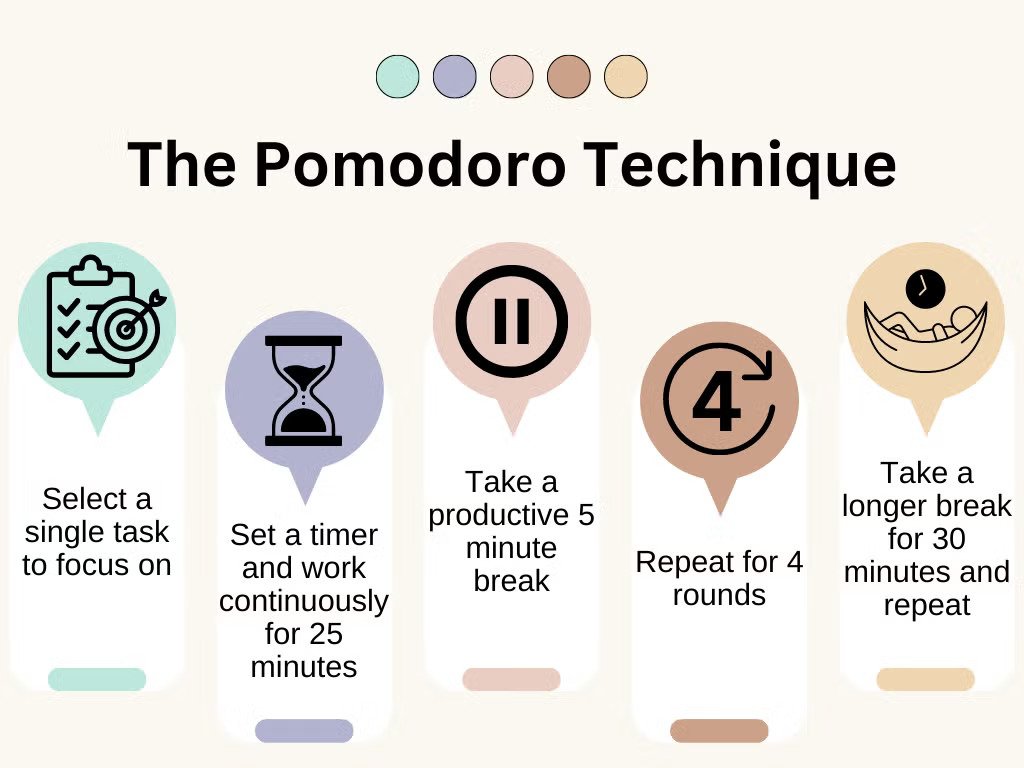
The Pomodoro Technique and ADHD: A Match Made in Heaven?
The Pomodoro Technique, a time management method involving 25-minute work intervals followed by short breaks, has gained popularity among individuals seeking to improve focus and productivity. But can this structured approach truly benefit those with ADHD, a neurodevelopmental condition characterized by inattention, hyperactivity, and impulsivity?
This blog post will delve into the potential of the Pomodoro Technique for individuals with ADHD, exploring its potential benefits, limitations, and how to adapt it for optimal success.
Understanding the Challenges of ADHD and Productivity

Individuals with ADHD often face significant challenges when it comes to productivity.
- Distractibility: The constant bombardment of internal and external stimuli can easily derail focus, making it difficult to complete tasks.
- Procrastination: The fear of failure, perfectionism, and the overwhelming nature of tasks can lead to significant delays and avoidance.
- Time Blindness: Difficulty with time perception can make it challenging to estimate how long tasks will take, leading to poor planning and missed deadlines.
- Hyperfocus: While seemingly beneficial, hyperfocus can also be detrimental, as it can lead to excessive time spent on one task while neglecting others.
The Pomodoro Technique: A Potential Solution?

The core principle of the Pomodoro Technique is simple:
- Set a timer for 25 minutes.
- Work on a single task without interruption for the duration of the timer.
- Take a 5-minute break.
- Repeat steps 1-3 four times.
- Take a longer break (15-30 minutes).
This structured approach can offer several potential benefits for individuals with ADHD:
- Improved Focus: By breaking down tasks into smaller, more manageable chunks, the Pomodoro Technique can help to reduce feelings of overwhelm and improve focus.
- Increased Motivation: The short work intervals can provide a sense of accomplishment and motivation to continue working.
- Reduced Procrastination: The structured nature of the technique can provide a framework for starting and completing tasks, making it less likely that individuals will procrastinate.
- Enhanced Time Management: By tracking time spent on tasks, individuals can gain a better understanding of their work habits and identify areas for improvement.
Adapting the Pomodoro Technique for ADHD
While the standard Pomodoro Technique can be beneficial, it may require some adjustments for individuals with ADHD:
- Adjusting Work Intervals:
- Some individuals with ADHD may find that 25-minute intervals are too long, while others may find them too short.
- Experiment with different interval lengths (e.g., 15 minutes, 20 minutes) to find what works best.
- Shortening Breaks:
- If frequent distractions are a significant issue, consider shortening the 5-minute breaks to 3 or 4 minutes.
- Visual Timers:
- Using a visual timer (e.g., a sand timer, a timer app with a visual countdown) can make the passage of time more concrete and help to maintain focus.
- Minimizing Distractions:
- Create a distraction-free environment by turning off notifications, silencing your phone, and finding a quiet workspace.
- Reward Yourself:
- Incorporate small rewards into your breaks to provide additional motivation and reinforce positive behavior.
Tools and Resources
Numerous tools and resources are available to help you implement the Pomodoro Technique:
- Timer Apps:
- Focus To-Do: A popular app that combines to-do lists with the Pomodoro Technique.
- Forest: An app that encourages focus by “planting” virtual trees that die if you leave the app.
- TomatoTimer: A simple and user-friendly timer app.
- Online Resources:
- Pomodoro Technique Website: The official website provides a wealth of information and resources.
- ADHD Blogs and Forums: Many online communities offer tips and strategies for adapting the Pomodoro Technique for ADHD.
The Importance of Self-Reflection
The Pomodoro Technique is not a one-size-fits-all solution. It’s crucial to experiment with different approaches and find what works best for you.
- Regularly review your progress:
- Track your work sessions, identify any patterns or challenges, and adjust your approach accordingly.
- Be patient and persistent:
- It may take time to find a rhythm that works for you. Don’t get discouraged if you don’t see results immediately.
- Don’t be afraid to modify the technique:
- The Pomodoro Technique is a framework, not a rigid set of rules. Feel free to adapt it to fit your unique needs and preferences.
The Pomodoro Technique: A Valuable Tool, But Not a Cure-All
The Pomodoro Technique can be a valuable tool for individuals with ADHD, but it’s important to remember that it’s not a magic bullet.
- Address Underlying Issues:
- While the Pomodoro Technique can help to improve productivity, it’s essential to address any underlying issues that may be contributing to ADHD symptoms.
- This may include seeking professional help from a therapist, psychiatrist, or ADHD coach.
- Develop a Comprehensive Approach:
- The Pomodoro Technique is most effective when used in conjunction with other strategies for managing ADHD, such as medication, cognitive behavioral therapy (CBT), and lifestyle changes.
Conclusion
The Pomodoro Technique can be a valuable tool for individuals with ADHD, but it’s crucial to approach it with realistic expectations and a willingness to experiment. By adapting the technique to your unique needs and combining it with other strategies for managing ADHD, you can significantly improve your focus, productivity, and overall well-being.
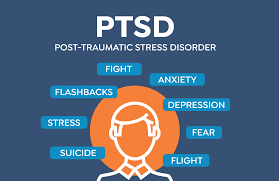
Exploring the Role of Depression in Post-Traumatic Stress Disorder (PTSD)
Two common mental disorders are often confused with each other and, therefore, hard to differentiate. These include post-traumatic stress disorder and depression. PTSD develops in a person after he or she has experienced some traumatic event. Depression can occur due to the emotional, psychological, and physiological impact of traumatic events. In this blog, we will explore the relationship between depression and PTSD, how one may exacerbate the other, and how both conditions can be treated effectively.
What is PTSD?
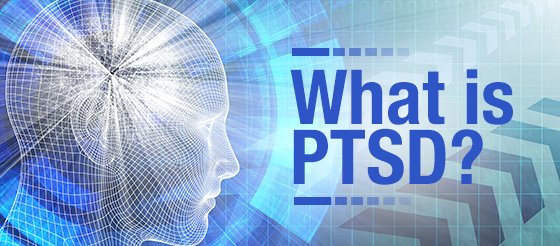
It is a kind of mental illness that follows exposure to traumatic events like combat experiences, natural disasters, or serious physical and sexual assault. The hallmark symptoms of PTSD are intrusive memories of the traumatic event, which people usually have nightmares about, flashbacks, emotional numbness, avoidance of reminders of the trauma, and heightened arousal symptoms such as irritability, difficulty sleeping, and hypervigilance.
What is Depression?
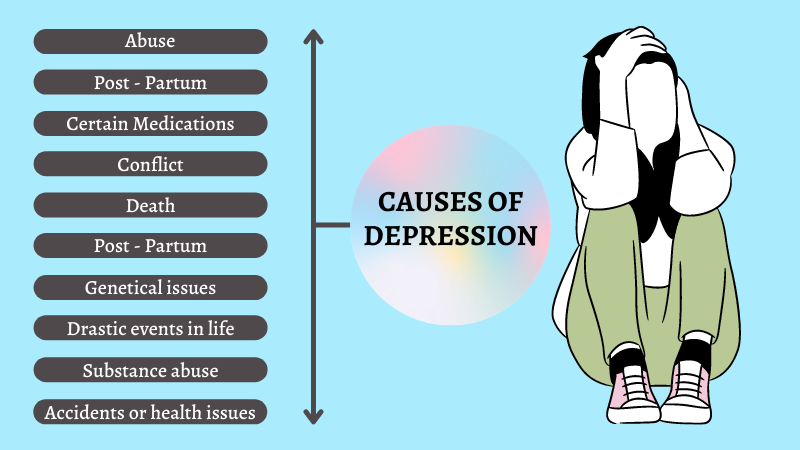
Depression, also known as Major Depressive Disorder (MDD), is a mood disorder that causes persistent feelings of sadness, hopelessness, and a lack of interest in daily activities. Individuals with depression may experience fatigue, difficulty concentrating, changes in appetite, feelings of worthlessness, and suicidal thoughts. Unlike ordinary sadness, depression can significantly interfere with a person’s ability to function in daily life.
The Link Between PTSD and Depression
Although PTSD and depression are two different conditions, they share many similarities. Both disorders can be caused by trauma or significant stress, and many people with PTSD also have symptoms of depression. In fact, studies show that nearly 50-70% of people with PTSD also meet the criteria for a depression diagnosis.
Several factors contribute to the link between PTSD and depression:
The most common symptoms can include emotional numbness, irritability, sleep difficulty, and feeling hopeless in depression. The difficulty in distinguishing PTSD from depression also lies in shared symptoms.
Impairment in Emotional Regulation due to Trauma:
PTSD significantly impairs one’s ability to regulate emotions because an individual feels deserted, hopeless, or hopeless. These aspects are typical signs of depression which may develop out of the same trauma.
Negative Cognitive Patterns:
Trauma is associated with negative thinking patterns that may lead to depression. For instance, individuals suffering from PTSD are always stuck with the feelings of guilt, shame, or worthlessness. These negative feelings can prevent the healing process and contribute to depression.
Physical and Biological Factors:
Both PTSD and depression may be related to the chemical and structural changes of the brain. Chronic stress caused by trauma can alter the balance of neurotransmitters such as serotonin and dopamine in controlling moods. The changes in brain function may predispose an individual to develop both PTSD and depression.
Avoidance and Social Isolation:
One of the fundamental symptoms of PTSD is an urge to avoid reminders of the traumatic event, which may lead to social withdrawal and isolation. This avoidance behavior may, therefore, contribute to the feelings of loneliness and sadness central to depression.
Loss of Meaning and Purpose:
After experiencing trauma, many individuals struggle with feelings of purposelessness. The inability to find meaning in life following a traumatic event can contribute to the onset of depression, especially if the individual is unable to process the trauma or move forward.
The Impact of Depression on PTSD
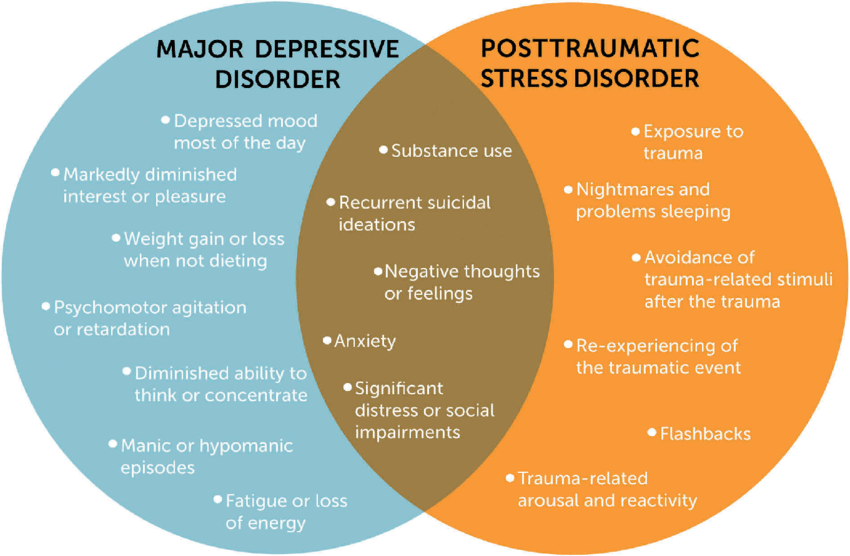
When depression is comorbid with PTSD, it can significantly worsen the course of the disorder. Depression may hinder the ability to cope with the trauma, making recovery more challenging. The combination of PTSD and depression can lead to:
- An increase in suicide is also associated with both PTSD and depression. Where these two problems occur together, suicide ideation or behavior is extremely high. Someone suffering from these two problems often feels trapped into their emotional suffering and cannot escape.
- Worsened Functionality: Depression can worsen the symptoms of PTSD by lowering motivation, energy levels, and interest in activities. This may lead to loss of social connections, decreased productivity, and impaired daily functioning.
- The symptoms of depression can further intensify emotional numbness and detachment in PTSD. When the symptoms are added together, the individual may experience a sense of separation from themselves and others, making it hard to deal with emotions and memories connected to the trauma.
- Impaired Recovery: Depression might slow down recovery in PTSD. The feeling of hopelessness and despair that develops with depression could make it impossible for individuals to engage in appropriate treatment or coping strategies for PTSD.
Treatment of PTSD and Depression
When PTSD and depression occur together, it’s essential to treat both conditions simultaneously. Addressing one without considering the other may lead to incomplete recovery. Here are some effective treatments for managing PTSD and depression:
Cognitive Behavioral Therapy (CBT):
CBT is one of the most used therapies for PTSD and depression. The therapy helps an individual identify negative thought patterns and challenge them. It replaces negative thoughts with healthy ones and builds coping strategies. For PTSD, the same approach can be taken to address thoughts and memories that may be related to trauma.
Trauma-Focused Therapy:
Specialized therapies, such as Eye Movement Desensitization and Reprocessing (EMDR), can help people process traumatic memories. These therapies are especially effective for PTSD and can reduce the intensity of trauma-related symptoms, leading to less emotional distress.
Medication:
Patients are put on antidepressants, usually SSRIs or SNRIs, to cure both PTSD and depression. Medications help level out the brain chemical and control mood. Sometimes, sleeping problems or anxiety are assisted by the use of medications for a patient who happens to have these conditions.
Mindfulness and Relaxation Techniques:
Mindfulness practices, such as meditation and yoga, can help individuals with PTSD and depression manage stress and anxiety. These techniques can improve emotional regulation, enhance self-awareness, and promote relaxation, which is beneficial for both conditions.
Social Support:
A strong support network is very important for individuals with PTSD and depression. Talking to trusted family members, friends, or support groups can provide emotional relief, reduce isolation, and encourage recovery.
Lifestyle Changes
Lifestyle habits including regular exercise, proper nutrition, and adequate sleep can support good mental health along with recovery from depression and PTSD. Its changes can affect mood, increase energy, and help reduce both conditions’ symptoms.
Conclusion
The relationship between PTSD and depression is complex and multifaceted. They can be precipitated by trauma, share overlapping symptoms, and feed off each other, so both need to be treated together. Through therapy, medication, and lifestyle changes, people can control both PTSD and depression, thereby improving their emotional well-being and quality of life.
If you, or someone around you, has PTSD and depression, then recovery is the very first step you need to undertake. Healing with the right kind of support and care is indeed possible, and one will be able to regain control over life.
